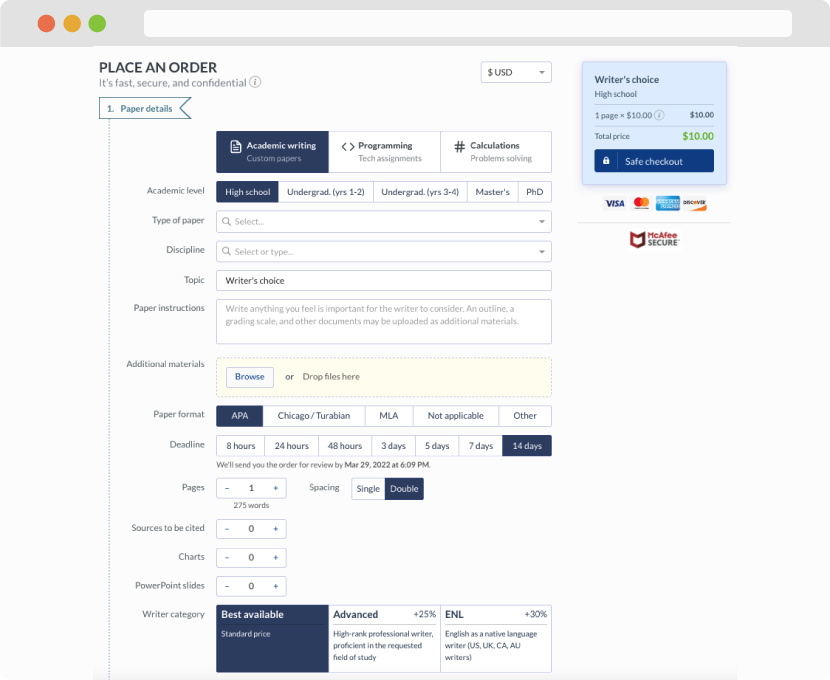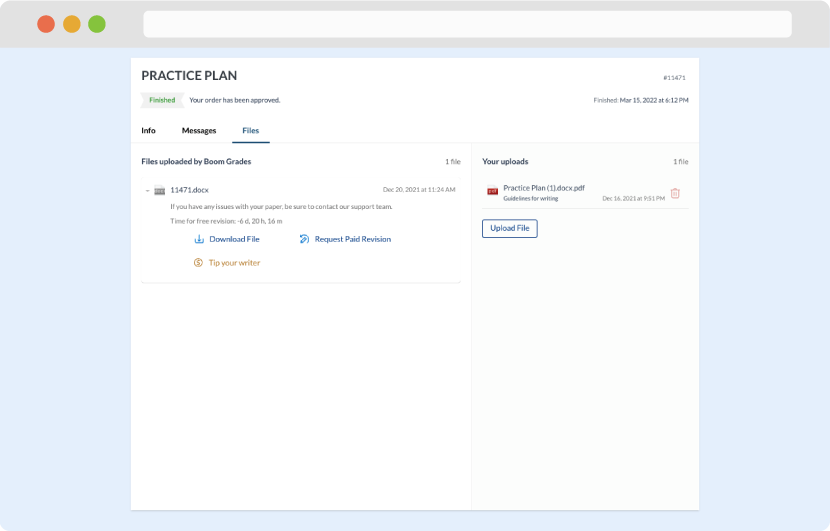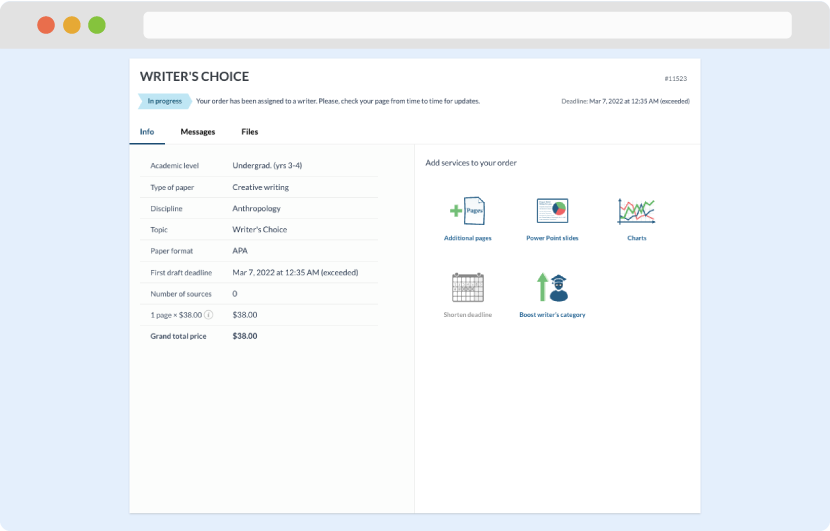Designing a valid and reliable self-esteem measure is a multifaceted, dynamic process that requires careful data collection, item selection, and continuous evaluation to ensure the tool’s efficacy and effectiveness. This process must involve an iterative approach, adjusting and refining the measure through multiple stages of testing and feedback. Drawing upon frameworks from design evaluation, co-design, and design methods, as seen in the works of Peters et al. (2024), Parry et al. (2018), and Cash et al. (2023), this discussion will explore strategies for determining the items to retain, testing reliability and validating the self-esteem instrument.
Item Generation and Stakeholder Involvement
The first stage in data collection involves item generation, informed by theoretical concepts of self-esteem and existing empirical evidence. This phase mirrors the co-design framework outlined by Peters et al. (2024), which emphasizes the importance of stakeholder involvement throughout the process. By engaging consumers, healthcare professionals, and researchers, we can ensure that the items reflect diverse perspectives on self-esteem. A collaborative, stakeholder-driven approach ensures that the measure is relevant, contextually appropriate, and sensitive to the needs of the target population.
Testing Reliability: Ensuring Consistency and Stability
Once a preliminary set of items is developed, reliability testing must follow. Cash et al. (2023) argue that methods should be evaluated for their internal coherence and interaction between the content and the user. The self-esteem measure could involve pilot testing with a representative sample, followed by statistical analysis to check internal consistency (e.g., Cronbach’s alpha) and test-retest reliability to ensure stability across time. Qualitative and quantitative feedback should be gathered to refine the measure, as these evaluations help identify any areas of misalignment or inconsistencies (Parry et al., 2018). Feedback loops are critical to ensuring the measure’s reliability and it is the ability to provide consistent results across different settings and populations.
Validation: Ensuring Construct and Content Validity
Validation is the next critical stage, involving both content and construct validity. Construct validity ensures that the measure accurately captures the self-esteem construct, and content validity ensures the items are comprehensive and representative. The Co-Design Evaluation Framework (Peters et al., 2024) provides valuable insight here by proposing an iterative process that spans from prospective planning to retrospective review. This approach can guide the development of a self-esteem measure by ensuring that feedback loops are integrated throughout, refining the measure based on ongoing stakeholder input and evidence. Additionally, Parry et al. (2018) offer practical guidance on the importance of iterative, context-specific evaluation designs that evolve alongside the initiative. This ensures that the self-esteem measure is continuously validated in real-world settings, making it adaptable and sensitive to changes in the population or context.
Conclusion: Implications, Limitations, and Future Directions
In conclusion, the development of a self-esteem measure should follow a structured, iterative process that integrates multiple stages of item selection, reliability testing, and validation. Using frameworks from design evaluation and co-design (Peters et al., 2024; Parry et al., 2018; Cash et al., 2023) helps ensure the instrument’s validity and reliability. However, challenges such as sample bias, measurement errors, and evolving conceptualizations of self-esteem may arise, requiring ongoing revision and refinement of the measure. Despite these challenges, the implications of using a well-validated measure are significant, as it can lead to more accurate assessments of self-esteem in research and clinical contexts. Future studies should continue to refine data collection methods and explore new ways to evaluate the effectiveness of self-esteem measures across diverse populations.
References
Cash, P., Daalhuizen, J., & Hekkert, P. (2023). Evaluating the efficacy and effectiveness
of design methods: A systematic review and assessment framework. Design Studies, 1012
Essay Writing Service Features
Our Experience
No matter how complex your assignment is, we can find the right professional for your specific task. Achiever Papers is an essay writing company that hires only the smartest minds to help you with your projects. Our expertise allows us to provide students with high-quality academic writing, editing & proofreading services.
Free Features
Free revision policy
$10Free bibliography & reference
$8Free title page
$8Free formatting
$8How Our Dissertation Writing Service Works

First, you will need to complete an order form. It's not difficult but, if anything is unclear, you may always chat with us so that we can guide you through it. On the order form, you will need to include some basic information concerning your order: subject, topic, number of pages, etc. We also encourage our clients to upload any relevant information or sources that will help.
Complete the order form
Once we have all the information and instructions that we need, we select the most suitable writer for your assignment. While everything seems to be clear, the writer, who has complete knowledge of the subject, may need clarification from you. It is at that point that you would receive a call or email from us.
Writer’s assignment
As soon as the writer has finished, it will be delivered both to the website and to your email address so that you will not miss it. If your deadline is close at hand, we will place a call to you to make sure that you receive the paper on time.
Completing the order and download